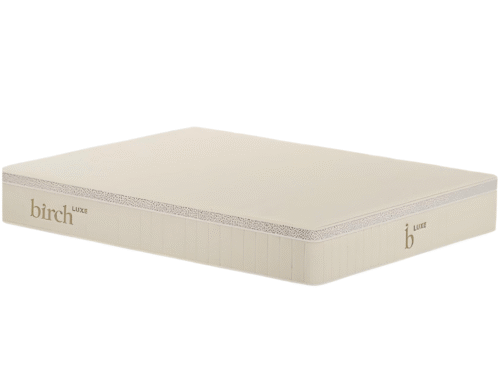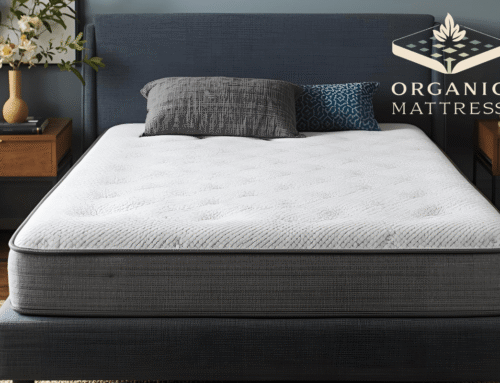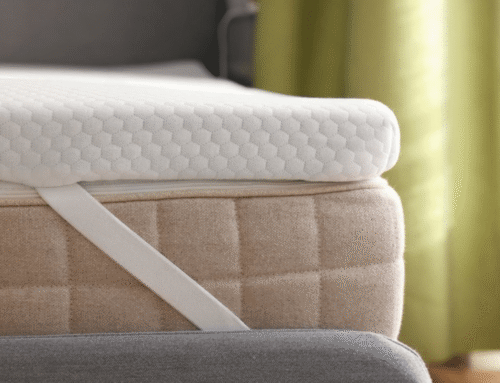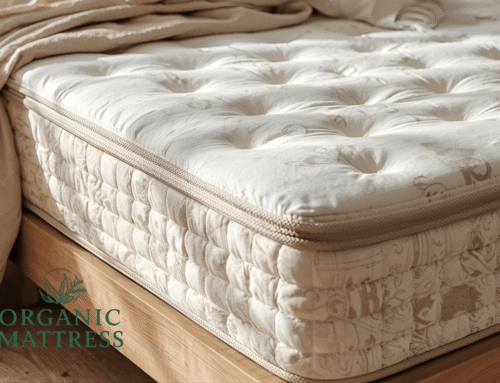Why is it called a twin bed? The term might bring to mind a small, practical bed, often found in children’s rooms or guest rooms. But where does the name come from? Historically, twin beds were designed as a matching pair, often used in shared spaces like guest rooms or siblings’ bedrooms. This pairing is where the “twin” name originates, as they were intended to be used together. The dimensions of a twin bed make it versatile—small enough to fit into compact spaces while still providing comfort for an individual.
Over time, the practicality and convenience of twin beds have made them a staple in many households. Whether it’s for a cozy guest room or a child’s bedroom, the twin bed remains a timeless choice, blending functionality with historical charm.
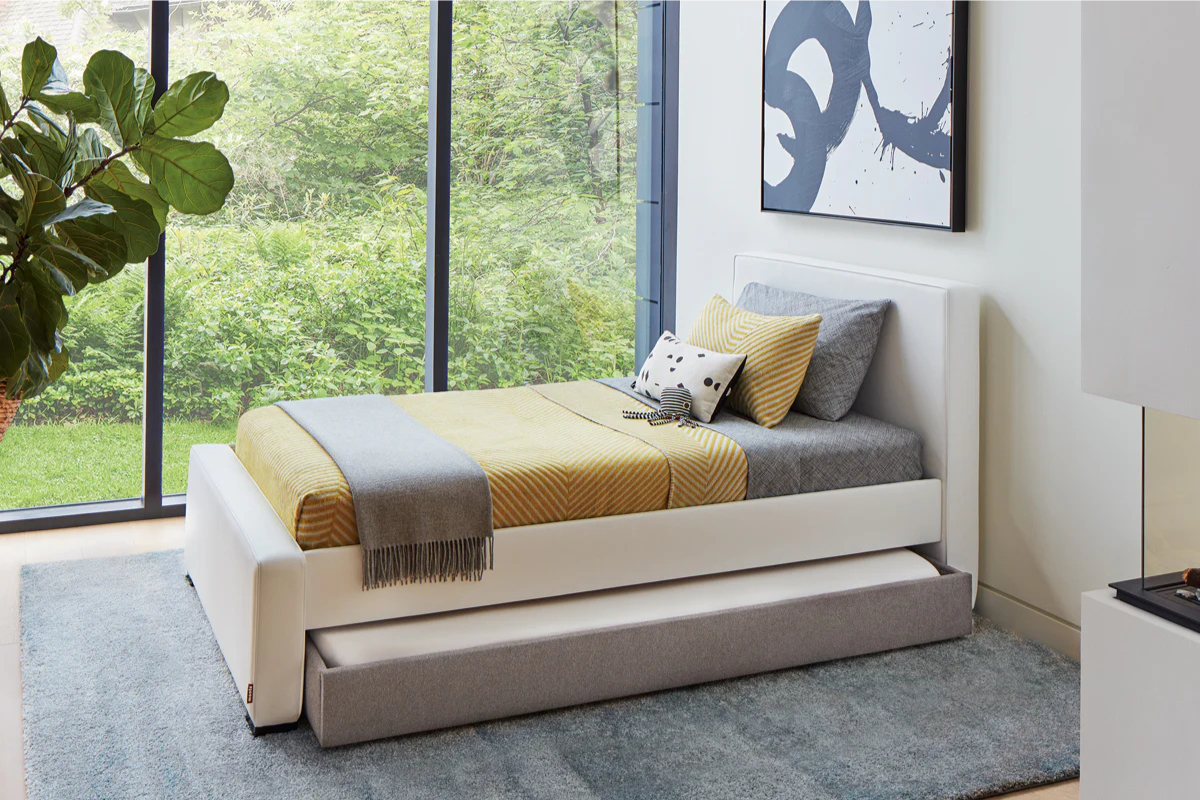
The name “twin bed” or “a twin mattress” originates from its historical use as part of a matched pair. Twin beds were commonly placed side by side in shared spaces like guest rooms or children’s bedrooms. The term “twin” reflects the symmetry and practicality of having two identical beds, offering separate sleeping arrangements while keeping a sense of balance in the room.
This setup was especially popular in homes where space or design made shared bedrooms necessary. The dimensions of a twin bed were ideal for these situations, providing a compact yet comfortable sleeping solution.
Over time, the twin bed’s versatility and charm made it a staple not just for pairs but also for single sleepers in smaller spaces. Whether used individually or as part of a matching set, twin beds remain a practical and timeless option in homes today.
Twin beds rose to popularity during the 19th and early 20th centuries, particularly in upper-class homes. They were seen as symbols of modernity and cleanliness, aligning with the era’s growing focus on hygiene. At the time, it was believed to be healthier for individuals to sleep alone rather than share a large bed, making twin beds an ideal choice for shared bedrooms or guest rooms.
Their compact design also sparked curiosity about details like how much the twin mattress weighs or how thick it is, reflecting the practicality they offered. Twin beds not only allowed for separate sleeping spaces but also maintained a cohesive and stylish room layout.
Interestingly, two twin beds together make a size similar to a king bed, further showcasing their versatility. Today, twin beds continue to be celebrated for their practicality and timeless appeal, whether used solo or paired in a room.
Twin beds are among the smallest standard bed sizes, making them a practical choice for compact spaces. If you’re wondering how big a twin bed is, it typically measures 38 inches wide by 75 inches long. This compact size makes it ideal for children’s rooms, guest rooms, and single sleepers who value comfort without taking up too much space.
The width of a twin bed is just right for one person, while how long it is ensures most individuals can sleep comfortably. Additionally, twin beds are easy to manage when rearranging a room or moving homes, and storing a twin mattress is often simpler compared to larger mattress sizes.
Their practicality and versatility make them a popular option for households looking to maximize space while maintaining a cozy sleeping arrangement. Twin beds truly balance function and convenience in any setting.
Although the terms “twin bed” and “single bed” are often used interchangeably, they have subtle differences. The term “twin bed” historically refers to a pair of identical beds, while “single bed” typically describes just one. In many countries, “single” is the more common term, while in the U.S., “twin” is favored due to its association with matching sets.
Another important detail is how deep a standard twin mattress is, which can vary slightly depending on the style but typically ranges between 8 and 14 inches. Both terms ultimately refer to the same bed size, and their practicality and versatility make them a popular choice worldwide. Whether you call it a twin or a single, this compact bed fits perfectly in many spaces.
Twin beds have become a staple in modern homes, especially for children’s bedrooms, guest rooms, and dormitories. Their compact size provides flexibility for room layouts, making them an excellent choice for smaller spaces. They’re also a go-to option for bunk beds, helping to maximize vertical space in shared rooms.
With their popularity, it’s easy to explore the cost of a twin mattress, which can vary based on materials and features, from budget-friendly options to premium designs. Knowing where you can buy a twin mattress for your bedroom is equally important, with choices ranging from local furniture stores to online retailers offering convenient delivery. The versatility of twin beds continues to make them a practical and stylish solution for households seeking comfort and efficiency, whether outfitting a child’s room or accommodating guests in a cozy space.
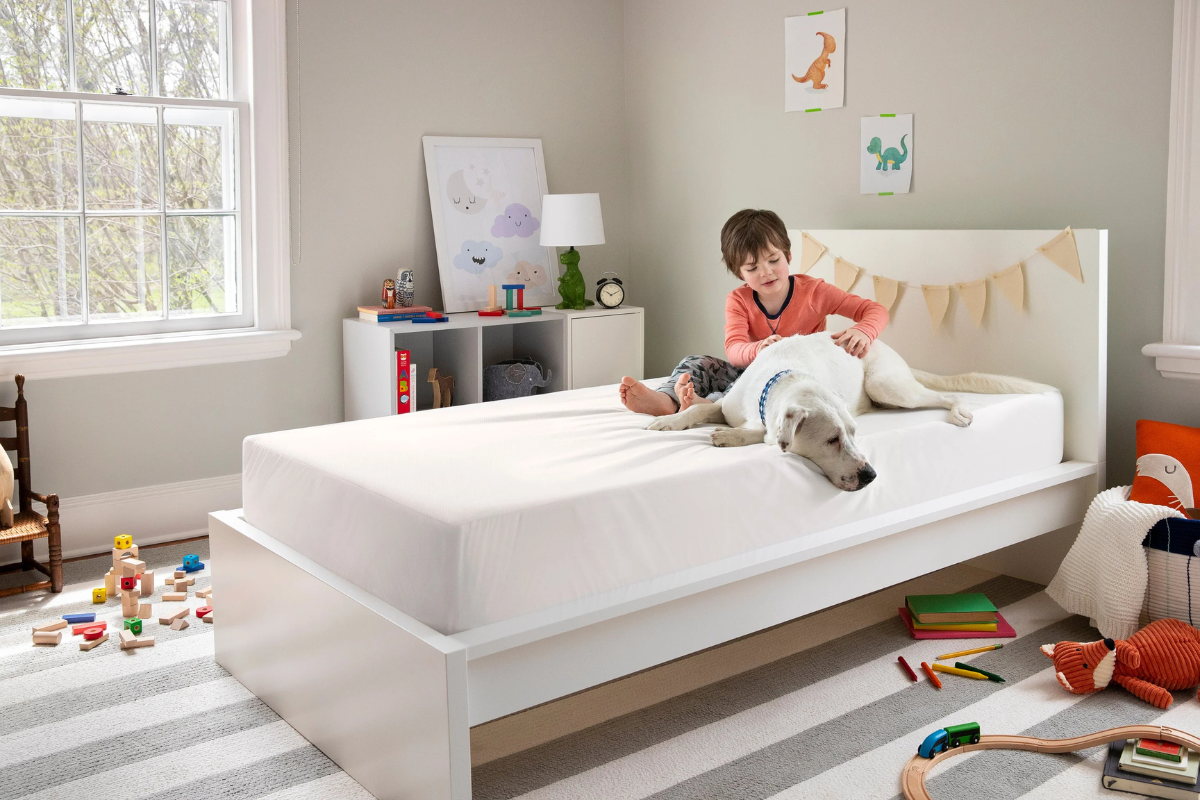
Twin beds have a long history of use in shared spaces like hotels, boarding schools, and guest rooms. Their name comes from the idea of pairing two identical beds side by side, creating a symmetrical and practical arrangement. This setup allowed two people to share a room while enjoying the comfort and hygiene of separate sleeping spaces. The design also raises questions like how tall a twin bed is, as height can vary based on the mattress and frame, influencing both style and comfort.
Twin beds continue to be a staple in hotels and vacation rentals because they offer flexibility, accommodating single travelers or groups who prefer separate beds. Their compact size and timeless design make twin beds an enduring choice for shared rooms, blending practicality with a classic aesthetic that suits many environments.
- Space-Saving: Their smaller dimensions make them perfect for tight spaces.
- Affordable: Twin beds are one of the most cost-effective mattress sizes.
- Versatile: They can be styled for kids, teens, or adults with the right bedding.
- Great for Sharing: When used in pairs, they provide a balanced look in shared rooms.
For taller sleepers, the twin xl bed provides an excellent solution with its added length. Measuring 38 inches wide by 80 inches long, it offers extra space compared to a standard twin bed, making it a popular choice in college dorms and other compact living spaces.
Understanding the difference between a twin mattress and twin XL is key when choosing the right bed. While both share the same width, the twin XL is five inches longer, making it more comfortable for adults or anyone who needs a bit more legroom. Despite this added length, twin XL beds still retain the space-saving benefits of a traditional twin. They are versatile, practical, and perfect for growing teenagers, taller individuals, or shared spaces where efficiency matters. This modern variation on the classic twin continues to be a favorite for its blend of comfort and functionality.
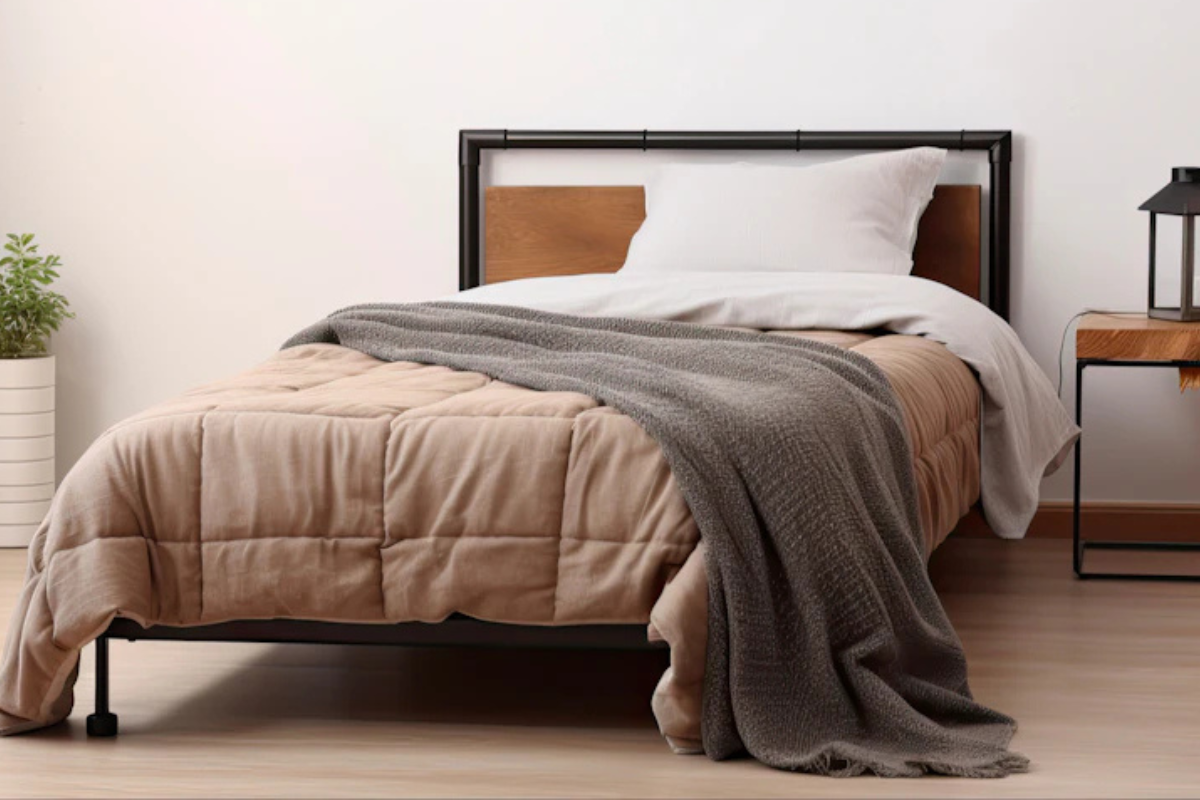
Twin beds have left their mark on pop culture, particularly in the early 20th century. In classic television shows, it was common to see married couples sleeping in separate twin beds—a reflection of the broadcasting standards of the time, which aimed to maintain modesty and avoid depicting shared beds.
This portrayal reinforced the image of twin beds as a practical, respectable choice for shared spaces. Beyond their on-screen appearances, twin beds have remained a symbol of functionality, often associated with shared bedrooms or compact living arrangements.
Their presence in pop culture highlights their versatility and enduring appeal, blending practicality with cultural norms of the past. While times and preferences have changed, the influence of twin beds as a staple in homes and media remains a charming nod to their history and purpose.
In conclusion, the term “twin bed” originates from its historical use in pairs, where matching beds provided both symmetry and practicality in shared spaces. Their compact size and versatile design have kept them relevant and popular for decades.
Twin beds are a go-to choice for children’s rooms, guest spaces, and dormitories, offering a balance of comfort and functionality. Whether you’re furnishing a child’s bedroom, creating a cozy guest retreat, or optimizing a small living area, twin beds provide a timeless solution. Their ability to blend style, practicality, and adaptability ensures they remain a staple in modern homes while honoring their historical roots.

